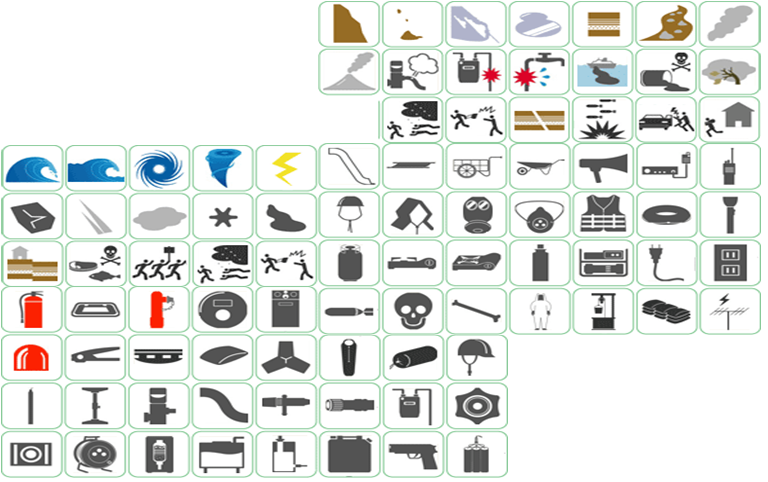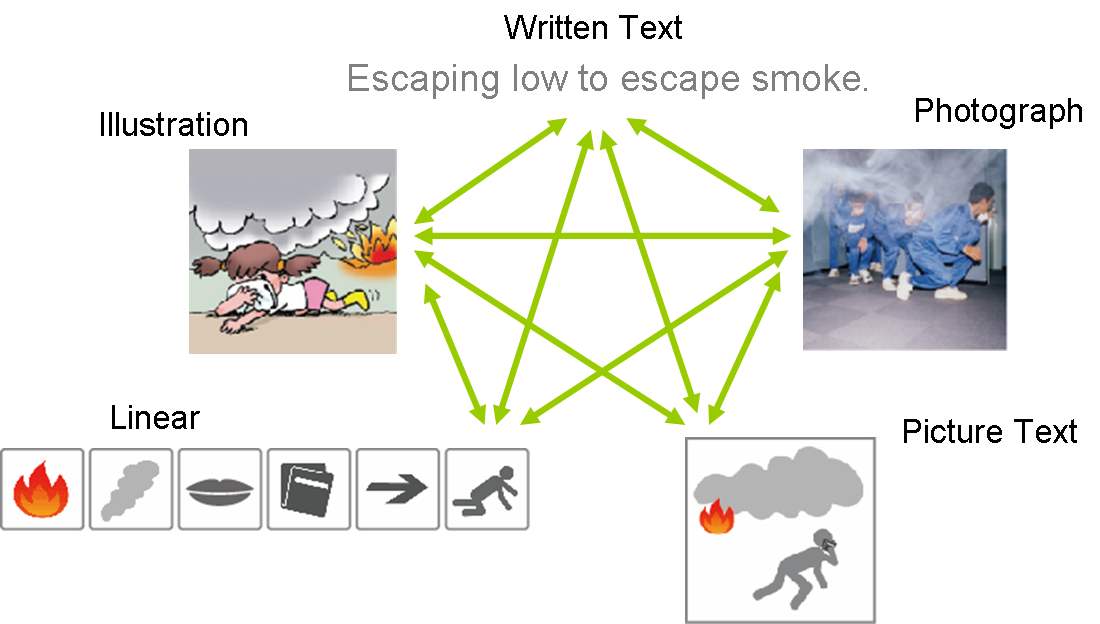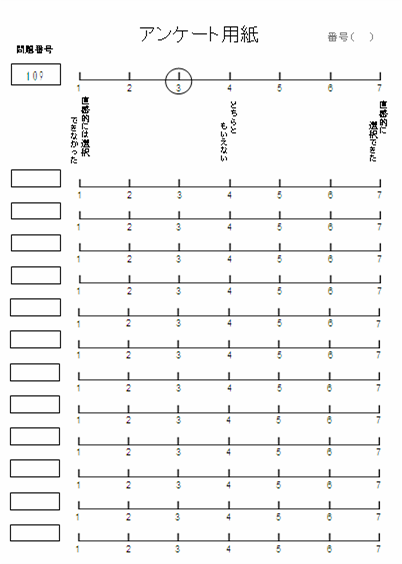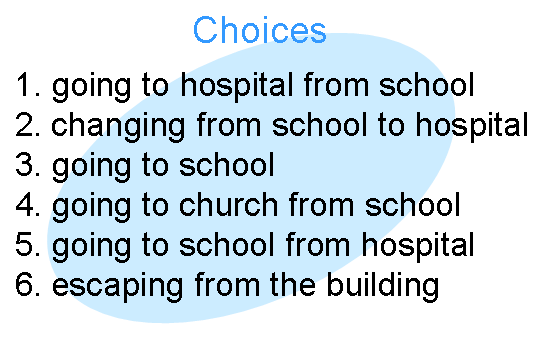Background
- Our project investigates about communication using pictograms
- Our main targets are people who have difficulties to communicate using text
- small children, aged people, foreign people, the physically challenged people
- We proposed a new expression method that uses arranges in two dimensions of pictograms (called Picture Text)
- In our research on pictograms and Picture Text, we created about 950 basic pictograms, and have developed software to easily create Picture Text


Publicly available at http://sa.carc.jp/pict/
Please have a look at them




































